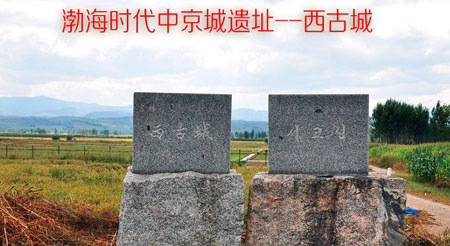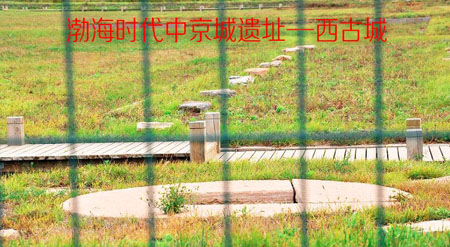Bohai Zhongjing National Archaeological Site Park
渤海中京考古遗址公园
Address: Gucheng village, Xicheng town, Helong city, Yanbian Korean autonomous prefecture, Jilin province

View of the site of Zhongjing city of the Bohai Kingdom [Photos/kaogu.cn]
Located in today's Helong city of Northeast China's Jilin province, Zhongjing city (literally, the central capital) of the Bohai Kingdom (a minority regime in northeastern China from 698 to 926 established by the ancient Mohe people) was completed around the year 742. Several years later, the King Daqinmao moved the capital there and named it Xianzhou city. It was renamed Zhongjing Xiande prefecture after Daqinmao moved the capital again in 755. The city was ruined in 926 when the Liao Dynasty (916-1125) conquered the Bohai regime.

Historical relics of the Bohai Kingdom are preserved at the park
The archaeological park mainly consists of the Zhongjing city ruins and the Longtou Mountain tomb complex. A center of the politics, economy and culture, Zhongjing city used to play a crucial role during the Bohai Kingdom. The site of the city is rectangle in plan with two layers of rammed earthen walls. The inner city is home to five palace sites and two earthen stylobates, in which many precious relics were discovered including green-glazed tiles, textured bricks and tile ends with motifs of lotuses and honeysuckles. The Longtou Mountain tomb complex was an imperial and aristocratic mausoleum, typical of its kind in the early stage of the kingdom.
The Bohai Zhongjing site was designated a national foremost protected heritage site in 1996 and a Top 10 Archaeological Discovery in China in 2002.







